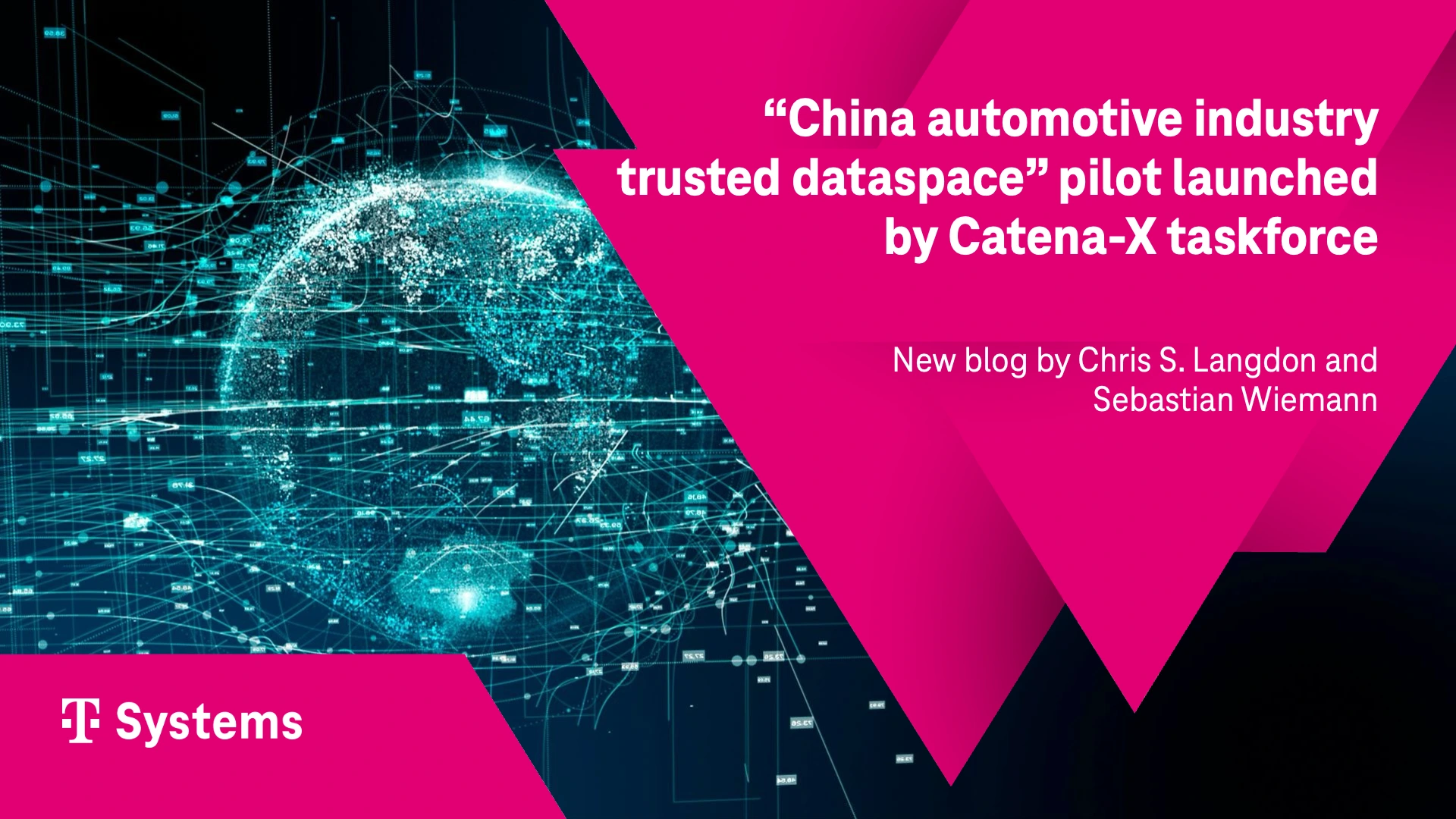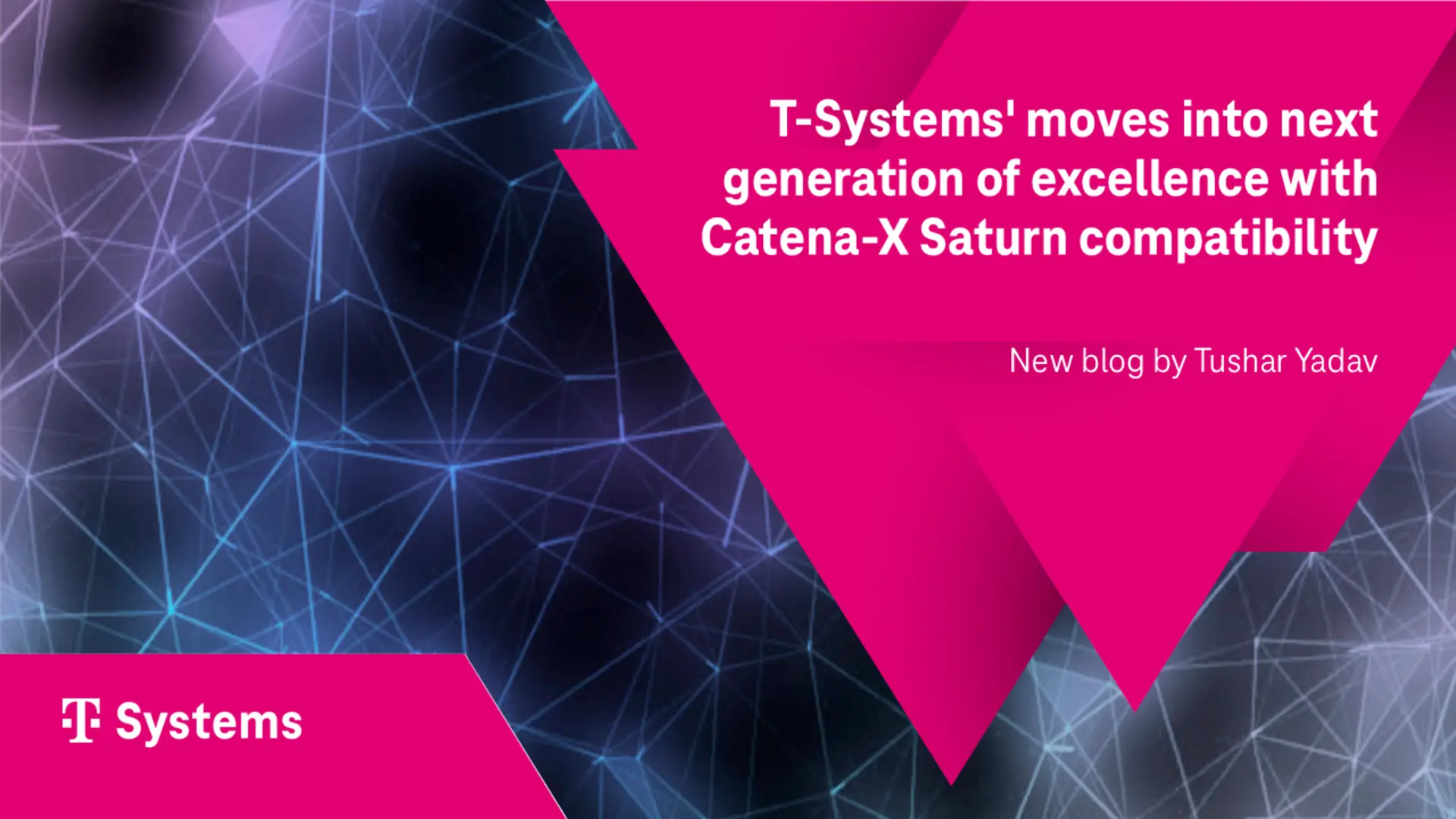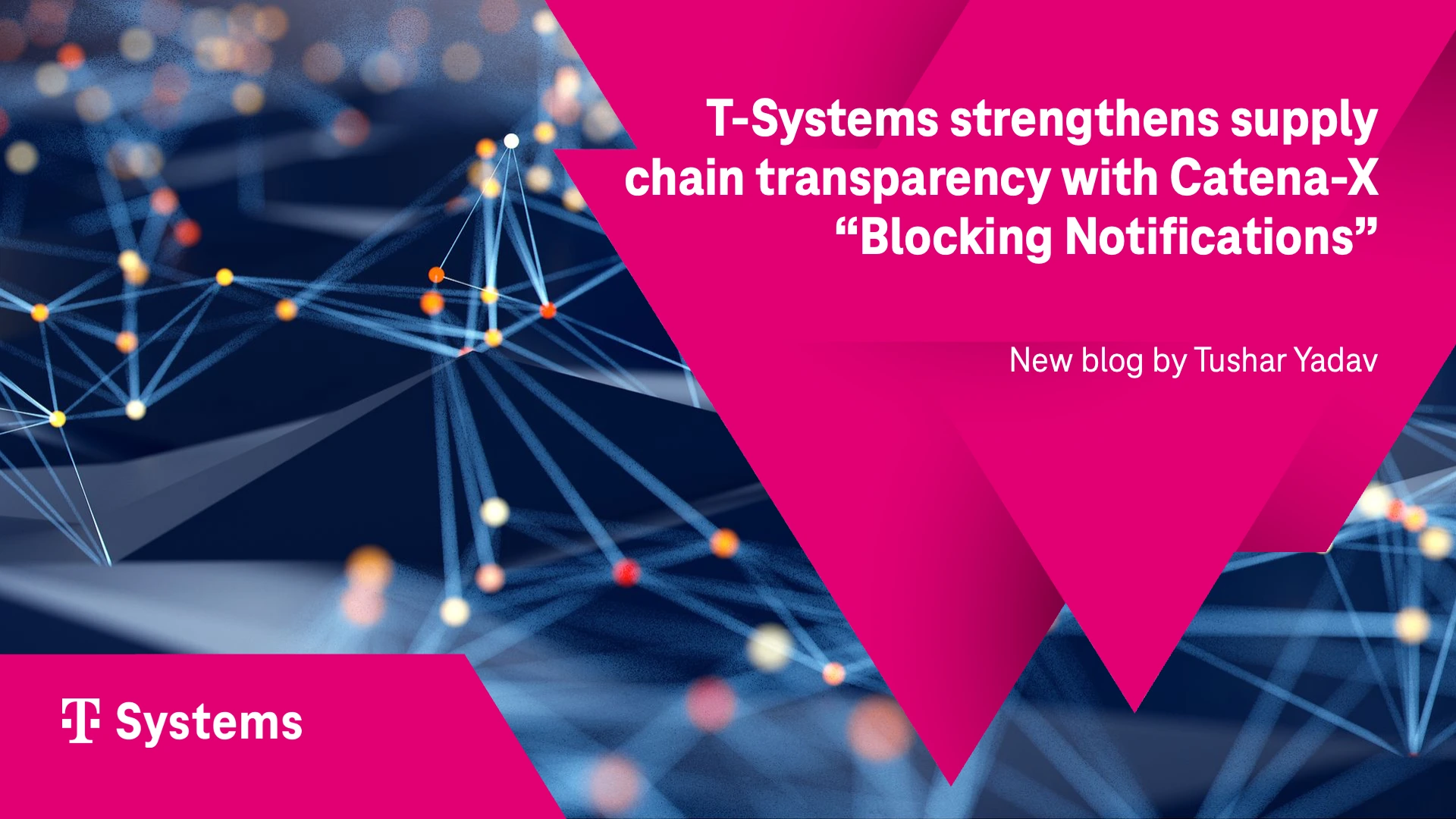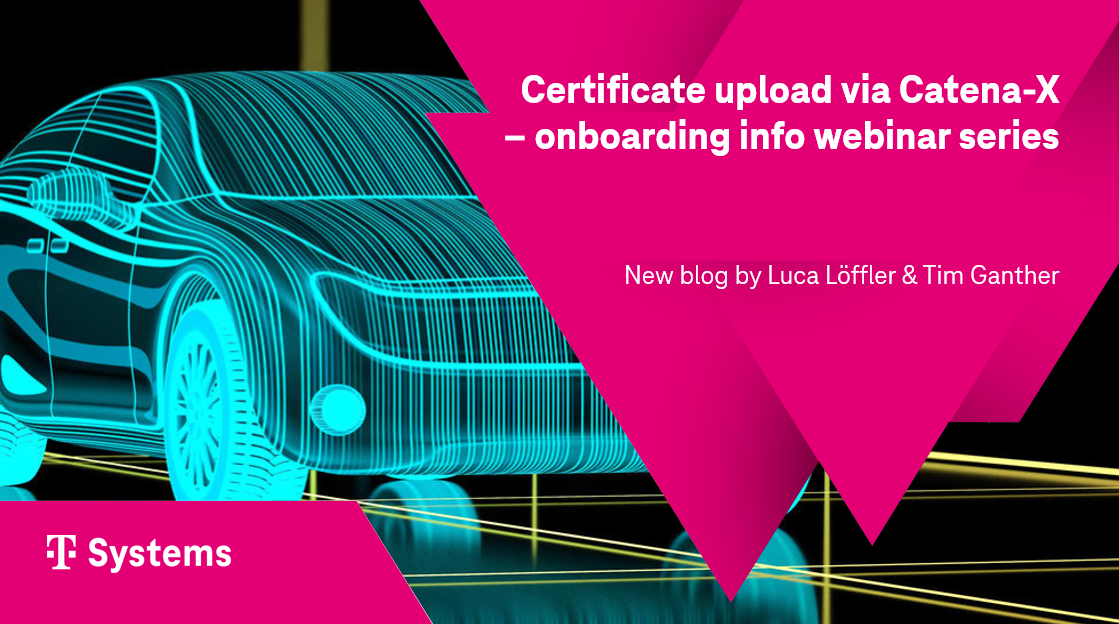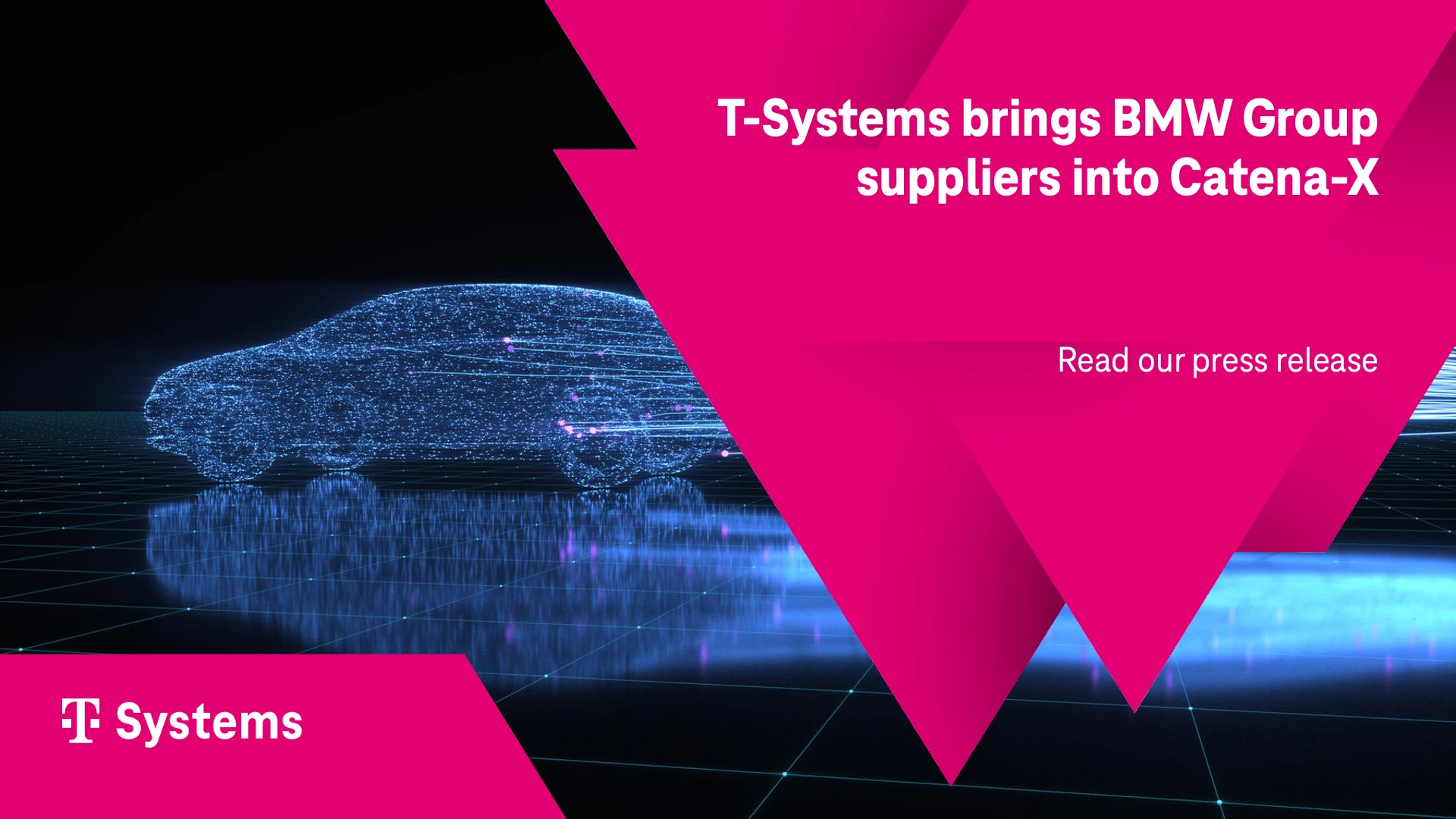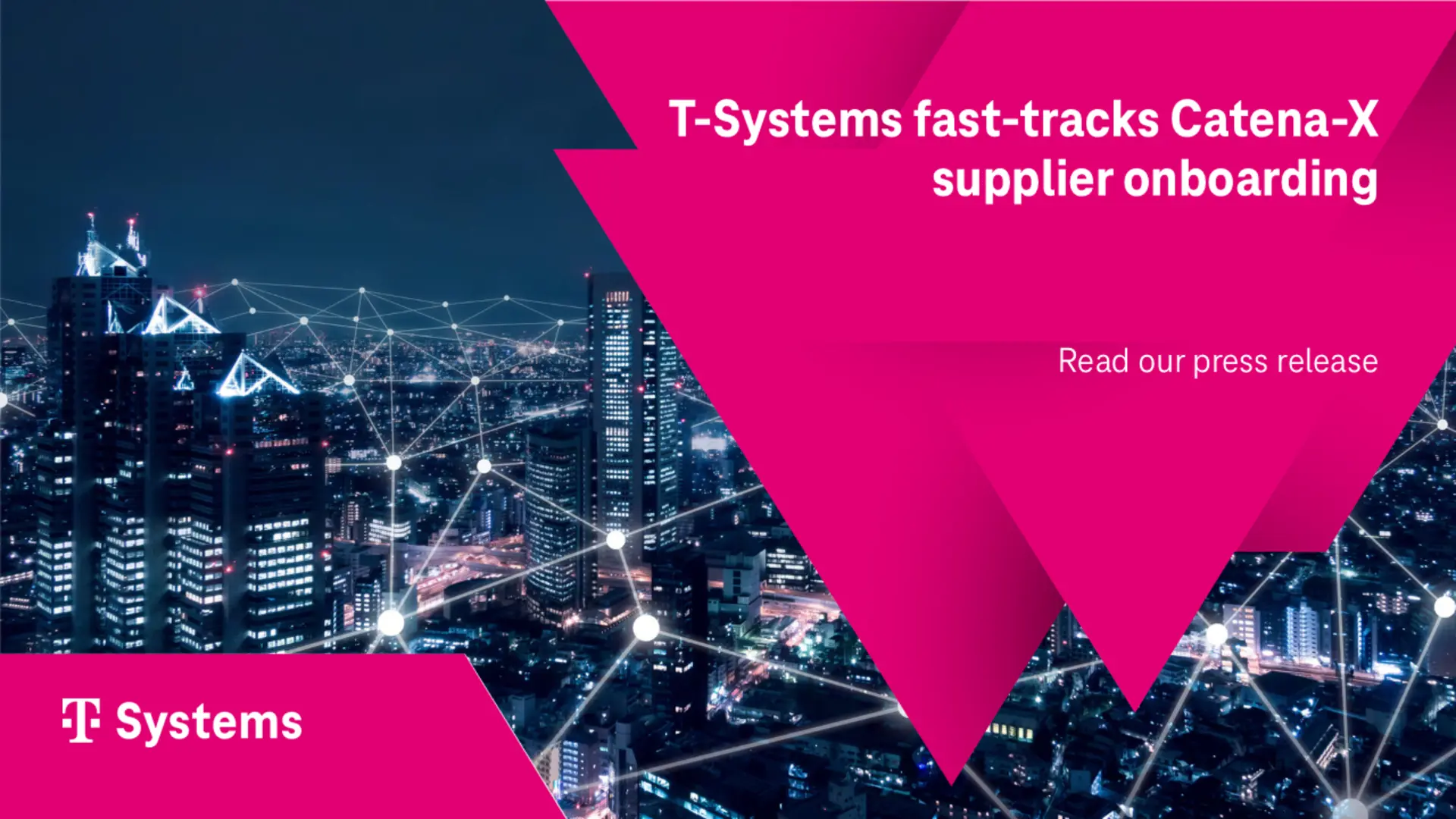Meta research reveals that industry observers, consultants, and investment bankers agree: The auto industry is caught up in a shift away from the traditional business of selling vehicles & parts – or hardware – to providing mobility centric services (meta research conducted by Drucker Customer Lab). The figure depicts how a new business segment – services – is emerging.
Trendspotting is important, yet what matters most for decision-makers is an indication of magnitude. This is why the figure is valuable: It provides an indication of magnitude. It suggests that the new service business (30%) will rival the size of today’s vehicle or hardware-centric auto business (40%) (the figure only depicts share distribution; it does not provide an indication of how the overall size of the pie is changing over time).
This shift is a challenge and opportunity for incumbent automakers, the OEMs, and their ecosystem of suppliers and stakeholders for three reasons:
(1) The shift is enormous in size. For OEMs, on one hand, there is revenue growth; on the other hand, there could be cannibalization and decline in the traditional business as overall consumer purchasing power in developed markets has historically remained fairly constant: Is it a zero-sum game? Will it trigger industry consolidation?
(2) The shift is rapid – it occurs in less than two vehicle generations. Other sectors like consumer electronics and software have witnessed similar shifts, such as the arrival of microchips, the Internet, smartphones, cloud-computing. OEMs have mastered the complexity of auto-making and run a well-oiled machine that runs like clockwork. Can they speed up and cope with turbulence? Or are they outrun by others trained in coping with rapid shifts?
(3) The shift is epic because services are a very different type of business. It exhibits different economics and requires a different business system and organizational capabilities. The economics shift to subscriptions and incremental annuity cash flows, operations emphasize customer journeys and exhibit different KPIs (Rayport & Jaworski 2004, Chase & Dasu 2001, Chase & Garvin 1989), and automation is done with software, which requires different talent and workflows (“softwarization” in Schlueter Langdon 2003).
The biggest challenge for incumbents – OEMs, suppliers, and channel partners alike – will be the decision to play in services or pass. Playing in services would require “keeping the wheels on the bus” in the traditional auto hardware business while building the new software-based service business system.
This article is based on a longer piece from Langdon in Drucker Customer Lab: link. This quantitative assessment of a service shift in automotive is launching a series on the transformation of this business. It will be focused on the basics, the underlying economics; it will evolve from symptoms to diagnosis to possible prescriptions.
References
Chase, D., and S. Dasu. 2001. Want to Perfect Your Company’s Service? Use Behavioral Science. Harvard Business Review (June), link
Chase, D., and A. Garvin. 1989. The Service Factory. Harvard Business Review (July-August), link
Daimler Financial Services acquires Athlon Car Lease International. 2016. Daimler press release (July 1st), link
Rayport, J, and B. Jaworski. 2004. Best Face Forward. Harvard Business Review (December). link
Schlueter Langdon, C. 2003. Does IT Matter? An HBR Debate–Letter from Chris Schlueter Langdon. Harvard Business Review (June): 16, available at link and link






